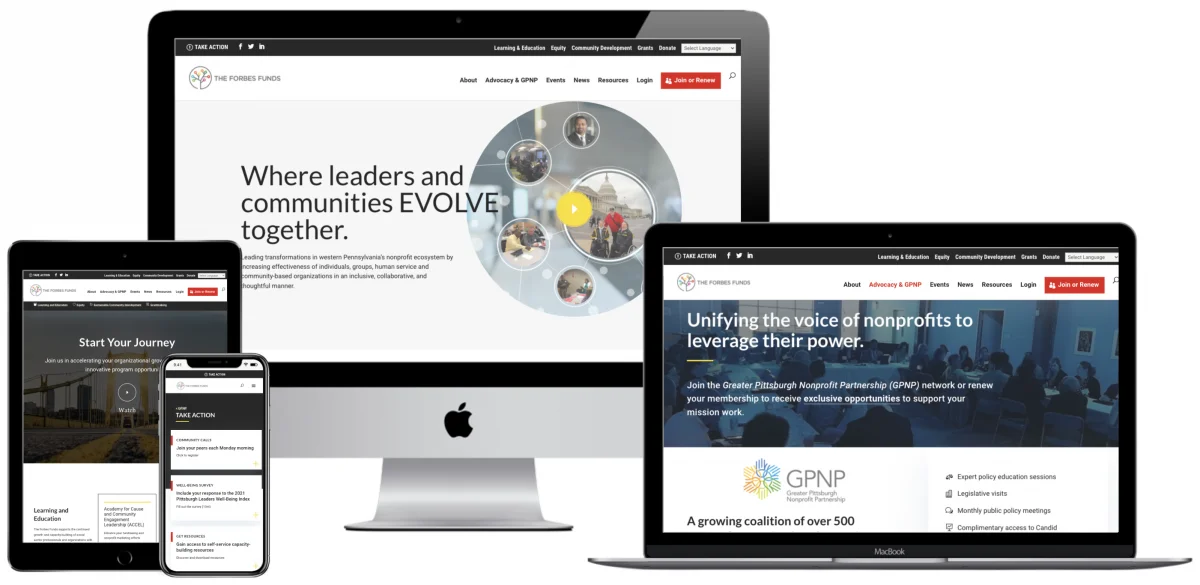No one can predict the future but intelligent business owners and marketing professionals can keep their fingers on the pulse–so to speak–of growing trends that may impact future consumers’ buying behavior. Large swathes of traditional marketing dinosaurs will become increasingly less relevant if they do not change their strategy over time. Very few companies have ever stayed on top by repeating the same strategy over and over.
How big companies stay relevant even with bad press
Think about this point. Companies like McDonald’s and Coca-Cola have continued to stay relevant even in a market of healthy smoothies, green juice, kale salads, and gym culture. How have they continued to be relevant? By changing their marketing strategies. By understanding consumer behavior and playing to that.
McDonald’s added salads and fruit to the menu–and gave Happy Meals some healthier carrot and fruit side options. McDonald’s adapts its business strategy depending on the country such as offering more vegetarian options in India and a Chicken Tikka Masala sandwich for the British market. And even though a running joke is that McDonald’s milkshake machines are always broken, profits remain high (global sales increased 4.2% last year alone).
Coca-Cola launched new products like Coke Zero (which tastes surprisingly much closer to the original than most diet drinks) to help combat a sugar consumption issue. So, even though they made their name on selling a high-sugar beverage, they are adapting to stay current in the market of the future. Their advertising went personal too with personalized bottles and in a selfie-culture, this appeals to the masses. And this year Coke made headlines with launching its first new flavor in ten years, orange-vanilla Coke.
On the flip side, companies like Toys-R-Us and Blockbuster Video failed to keep up with trends and were eventually phased out. If Netflix had stuck to its DVD only rental and hadn’t been an early adopter of streaming, it wouldn’t be the big name it is today; however, disruptors always enter the market and other streaming services like Amazon Prime, Now TV, and Hulu are in hot pursuit of their piece of the pie. If Netflix doesn’t adapt, it will no longer be a leader.
How to stay relevant
As established, the biggest problem most business and marketing directors have is knowing how to stay relevant. Many waste their money on marketing strategies that do not get results or, worse, strategies that they have no idea if or how they get results (i.e. having no measurable metrics to see if there is good ROI). And–worse–approximately one-third of businesses have no marketing plan at all.
The bottom line on how to stay relevant is to come up with a solid marketing plan that incorporates some of the cutting-edge marketing strategies that are being touted. Here are some ideas on how to keep up with the future of digital marketing.
Machine learning
Having a basic understanding of machine learning is the key to preparing your marketing strategy for the future. What is machine learning? Well, it’s a little complicated, but let’s start with a brief look at how it began. In general, Google accumulates data, interprets that data, and reacts to that data to help its machines learn–providing searchers with highly relevant results based on hundreds of ranking factors.
Google machine learning began as a way to remove spammy links. Prior to machine learning, Google engineers would have to create lists of spammy links and poor quality sites and manually block the links. As you can imagine, that’s time-consuming and with the sheer size of the internet now, it would be impossible to do it all manually. In the past, Google workers had to program specific bad link characteristics and patterns, compiled on what they’d identified in the past. Then they had to set up devaluation functions into link calculations, hoping it didn’t have too many false positives. As you can imagine, that job was time-consuming and open to error.
With the starting point of ‘bad links’ compiled, Google started to build machine learning to do this function for them in a fraction of the time. Once there’s a starting point, machines can teach themselves by identifying and watching patterns.
Alright, so what does this mean for marketing and current websites? Let’s just boil it down to ‘mobile first.’ Cindy Krum, author of Mobile Marketing and CEO and founder of MobileMoxy, coined the idea ‘portable first,’ which posited that content should be separated easily from the design and technical structure of your site (in other words, ‘portable’) in order to be accessed anywhere at any point in time.
For SEO in a machine-learning era, keywords need to be viewed like ‘questions of intent’ instead of simply words on a page in anchor text. Machines can help us understand what visitors want so we can provide that content. That means everything from optimizing your pages for mobile as well as optimizing for voice search–but, more than that, understanding your consumer at a deeper level.
If you want to find out more about how to optimize your site for voice, visit our post on ‘Ways to get your website optimized for voice assistants’ and our piece on ‘Voice search marketing: are you ready for the future?’
To understand further about why mobile optimization is incredibly important to your strategy, read our piece on ‘Why mobile optimization matters and best practices.’
Data-informed user feedback
Whether through simply asking your customers or providing surveys, now more than ever you need to understand what exactly your customers want. Feedback is incredibly important.
Imagine a restaurant chef who didn’t taste the food leaving the kitchen and who never got feedback on the quality of the food. Unless this chef was the most precise food scientist with a robot-like team, very soon restaurant customers would stop coming back. Furthermore, in the restaurant industry, owners have to understand their clientele and their wants and needs. For example, in an underprivileged area, you may open up a cheap fast-food joint that provides good value for money, but you most definitely wouldn’t open up a $100-per-plate-French-bistro tasting menu restaurant. So, applying this concept to the digital world, this basic need for audience and consumer awareness is exactly why data-informed user feedback is vital, especially to stay relevant.
Just as any new User Experience Design expert completes user experience tests (UX) in order to show how easy a site is to navigate, if users understand what the company and the brand are about, and to see if users can do something simple such as subscribe to a mailing list, read a blog post, or purchase a product, companies should continue to test for a streamlined, delightful user experience by gathering feedback. Feedback via your website, social media, in-person interaction, and so forth can help you understand issues your potential customers and customers face and their motivations and desires.
If you feel like you already know your consumers and gathering user data feedback is unimportant, here are some questions that you may want to ask, questions that you cannot gather by raw data numbers (qualitative) alone.
- Why aren’t your visitors buying?
- How do visitors assess your website?
- Is your website clear?
- What impression does your website make on users?
- What are your users’ characteristics (demographics, profession, likes and interests, and so forth)?
- Why do your users behave in certain ways?
- How do users rate and assess your customer service?
- What improvements should you make on your website or on your offerings?
- What do users think of your competition?
- What is their biggest frustration with your solution or your competitors’ solutions?
- What are their motivations?
Imagine if you had insights into just one of these questions. How would it change your marketing strategy? How would it change the way you deliver your content? How would it improve your operation overall?
As important as metrics and raw data are, sometimes nothing beats the human element, which often cannot be measured by a computer alone.
One way to keep ahead of the future of digital marketing is to better understand your customers by continuing to collect data on important points via surveys, social engagement, email engagement and so forth. Think of any complaint or feedback as a way you can improve your business every time, a way you can convert that customer’s potentially negative experience into a positive one.
Understanding your user can help target potential customers through Google’s new responsive search ads as well as via Google’s local SEO in which customer feedback and reviews are vital for top listings.
How we can help
At Key Medium, we already operate in the sphere of emerging and disruptive technologies. We build our websites with voice search in mind, with Google’s crawlers and indexing process in mind, with on-page, off-page and local SEO in-built, with strategies to get the most out of mobile optimization, video, graphics, design, and more.
We can help you determine your next steps in your marketing strategy, to understand which channels you should focus on to get the most for your investment. We can help you determine viable traction channels and provide a strategy that makes the best use of all the tools at a marketer, developer, and designer’s disposal.
Have you considered Data Studio integration?
All of your marketing efforts fail if you do not have a way to measure if what you do works, which is where Data Studio integration comes in. With Data Studio you gain a holistic view of the performance of your current efforts, results, and engagement on your site. You don’t have to use twelve expensive tools to measure your site’s metrics anymore. Meet the future. Meet the one tool that can do it all. Give us a call to find out more.

Elaine Frieman holds a Master’s Degree and is a UK-based professional editor, educational writer, and former marketing agency content writer where she wrote articles for disparate clients using SEO best practice. She enjoys reading, writing, walking in the countryside, traveling, spending time with other people’s cats, and going for afternoon tea.

